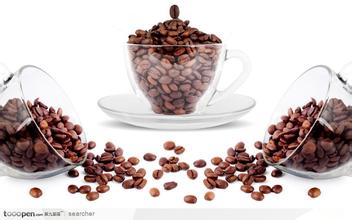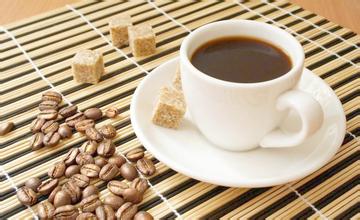How to make American Coffee with concentrated Powder in Italy
Italian concentrated powder water than how to make American coffee single product
As light-roasted, high-altitude coffee has become more popular over the past few years, the moisture ratio prevailing in the market has changed. Today, coffee shops in the United States, Europe and Australia are accustomed to using the water powder ratio (1:1.5 or 1:2) of "Normale" Italian espresso. As more coffee shops use single-serve coffee to make espresso coffee, people are demanding a higher proportion of water and powder. Increasing the proportion of water to powder improves the purity and dryness of coffee and makes it easier to extract coffee beans grown at light roasts and high altitudes.
Of course, when it comes to espresso, we have to mention the hometown of espresso machines. If you've ever visited Italy, you've been to an Italian espresso. To your surprise, the ratio of gouache used by locals is usually around 1:3. This traditional recipe has been around for centuries. Thus, while most countries in the US and Europe today use 16-19 grams of ground coffee to make 24-38 grams of coffee, Italians prefer to make 21 grams of espresso with 7 grams of ground coffee.
The coffee industry has undergone dramatic changes over the past few years, and as a result, people's understanding of Italian espresso is constantly changing. Some baristas and industry insiders are constantly exploring ways to make "Lungo" Italian espresso and increase the ratio of water to powder to 1:4 or even higher. As the proportion of water powder continues to increase, the purity of coffee continues to increase, the taste and consistency continue to decrease, and the unique taste of coffee is better reflected. This water powder ratio is somewhat similar to traditional drip coffee and is increasingly popular in boutique coffee shops.
Matt Perger, from St. Ali Cafe in Australia, has been pursuing and researching higher gouache ratios for the past few years, and once tried to make espresso coffee with a 1:17 ratio. This method is rare, but it is a good example of today's coffee industry trends. We are constantly innovating the definition of espresso and our understanding of how espresso machines are used, and our ultimate goal is to make espresso more delicious.
Each cup of coffee is unique, and the proportion of water powder you use will vary with the variety of coffee. But if you know how to figure out the best gouache ratio, you can make the best espresso you like!

Important Notice :
前街咖啡 FrontStreet Coffee has moved to new addredd:
FrontStreet Coffee Address: 315,Donghua East Road,GuangZhou
Tel:020 38364473
- Prev

Coffee mellowness-- what does coffee body mean?
Coffee Alcohol-what does coffee body sense mean? in mice, these two diterpenes are also thought to have anticancer effects. Epidemiological studies have found that coffee drinking has an inhibitory effect on certain types of cancers such as colon cancer. Animal data support the preventive effect of coffee. The extensive biochemical effects of caffeine and caffeinol can reduce the production of some carcinogens.
- Next
How does the thickness of coffee powder affect the taste of Italian coffee powder reference picture of common grinding thickness of coffee powder
How does the thickness of coffee powder affect the taste? in addition, before determining the grinding degree of coffee beans, baristas will first look at the color and oil production of cooked beans. The lighter the roasted coffee, the more complete and hard the texture is, the more difficult it is to extract. It is appropriate to grind slightly, but not too fine, so as not to highlight the sharp and sour taste. Baking
Related
- Beginners will see the "Coffee pull flower" guide!
- What is the difference between ice blog purified milk and ordinary milk coffee?
- Why is the Philippines the largest producer of crops in Liberia?
- For coffee extraction, should the fine powder be retained?
- How does extracted espresso fill pressed powder? How much strength does it take to press the powder?
- How to make jasmine cold extract coffee? Is the jasmine + latte good?
- Will this little toy really make the coffee taste better? How does Lily Drip affect coffee extraction?
- Will the action of slapping the filter cup also affect coffee extraction?
- What's the difference between powder-to-water ratio and powder-to-liquid ratio?
- What is the Ethiopian local species? What does it have to do with Heirloom native species?

